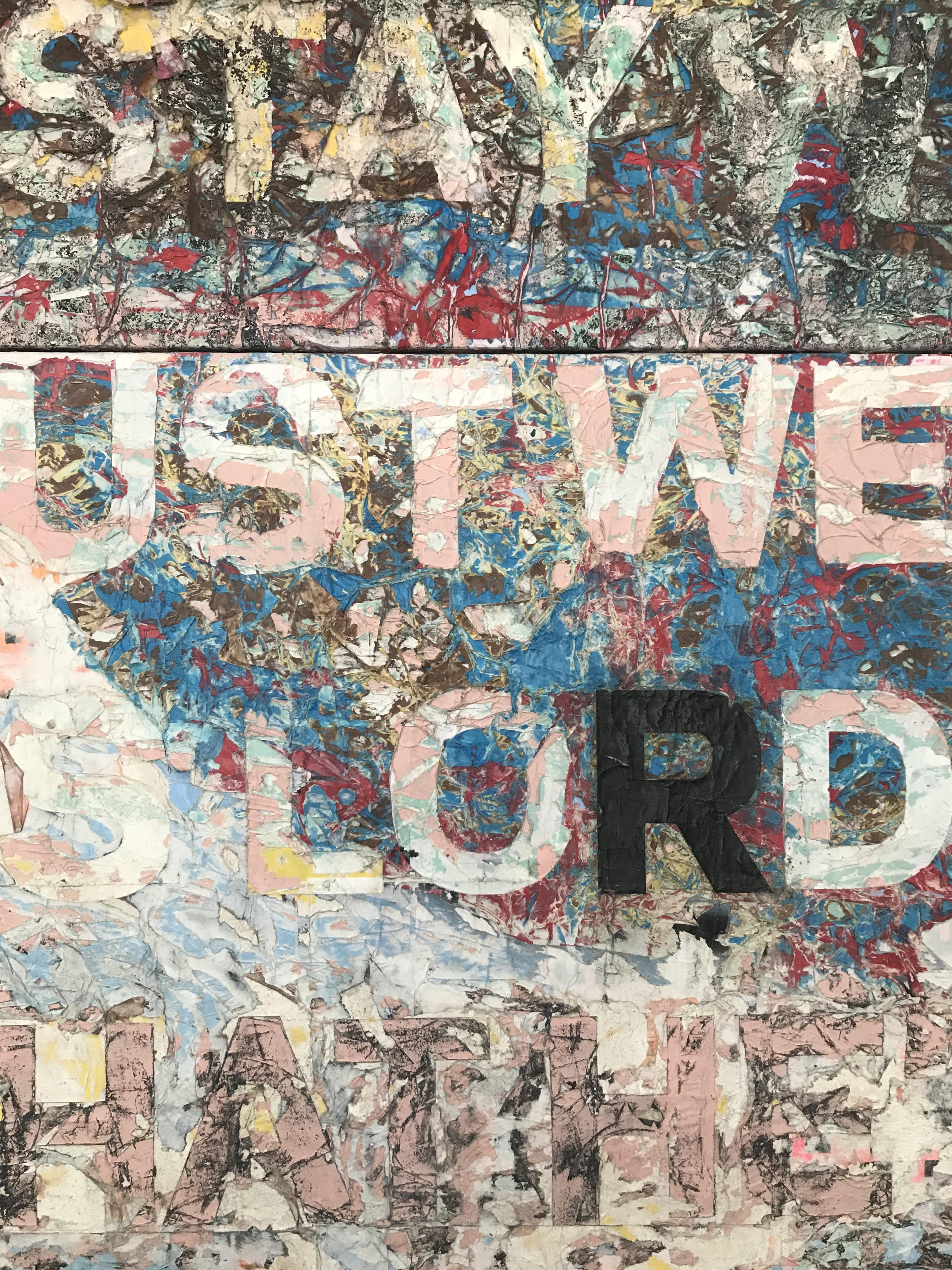
While leaving Costco recently my wife and I noticed that a cart belonging to a person of color was being judiciously scrutinized and checked against their receipt — our hearts sank. Although everyone shopping at Costco goes through this process before exiting the store, there appeared to be an extra level of attention that we never experienced. It made us both uncomfortable. I don’t purport to know all the details of this situation, and technically the employee was not doing anything wrong.
Regardless, for those who are observant, it is obvious that people of color are treated differently in a variety of ways — every day. Sometimes the cause is due to unconscious bias, sometimes due to outright racism. The consequences of these events can be far more serious than the emotional pain of a public slight or an inconvenience — it is a matter of life and death. Statistics show that people of color are 2.7 times more likely to be stopped by police and 2.5 times more likely to be fatally shot by those entrusted to keep the peace. Most experts say that these statistics cannot be explained by elevated minority crime rates, but rather shows a significant, systemic bias in our justice system.
A detail of the art work shown here, entitled 150 Portrait Tone, was completed by American artist Mark Bradford in 2017. The large ominous mural displays and repeats the dialogue that was recorded during the fatal shooting of Philando Castile in Saint Paul, Minnesota, in July 2016. Castile, who worked in the cafeteria of an elementary school, was shot by police in his parked car while restrained in his seat belt.
The haunting incident was documented by Castile’s girlfriend, Diamond Reynolds, who was a passenger in the car and managed to broadcast events live on Facebook. Bradford was moved by the multiple subjects, the dialogue and the space each person occupied. Diamond in the passenger seat saying, “Stay with me.” The officers listening outside the car: “Please, officer don’t tell me that you just did this. Lord, Please don’t tell me that he’s gone.” A witness viewing the live stream: “Please don’t tell me he just went like that.”
The title of the work refers to a color that appeared in the crayon box called “flesh.” The color was introduced by the Crayola company in 1949. The light beige and pink color was eventually renamed “peach” and ultimately discontinued and replaced on National Crayon Day in 2017. With all the serious matters facing our world today it may be hard for some to consider the importance of naming a crayon color, but think about the impact this seemingly simple act has had on our children and society over the past 60 years. This controversial color was employed throughout Bradford’s painting and serves as a sobering commentary on power, representation and the inequality that continues to exist in our society today.
